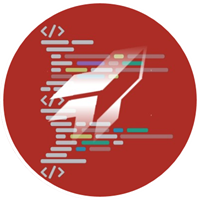Short Overview: Micro-Frontends
When people talk about Micro-Frontends, the first thing that they would mention is their amazing power to scale up. They achieve this by splitting services into smaller pieces which cooperate seamlessly.
Advantages of Micro-Frontends
-
Micro-Frontend supports strands where teams can realize the subsequent frontend features distinctly making iteration faster.
-
Horizontal scalability in micro frontends aims to empower organizations to expand their frontend architectures by scaling out horizontally.
Disvantages of Micro-Frontends
-
Micro-frontends can complicate the development, maintenance, and building of a website. However, these challenges can be mitigated by using smart designs, tools that aid in automatic deployment and testing, and ensuring clear communication between teams.
-
Dependency management could be a problem if the teams don't communicate each others. But it can be resolved by estabilishing clear communication channels between teams to discuss updates!
Monolithic applications often encounter challenges with effective scaling. By decomposing the frontend into micro-frontends, advanced logic structures such as lazy loading and service workers can be implemented more efficiently.
JavaScript flexibility allows teams to add a variety of frameworks and libraries, facilitating seamless integration and interoperability between microfrontends. The rich ecosystem of JavaScript tools provides developers with powerful resources to create dynamic and responsive user interfaces.




















